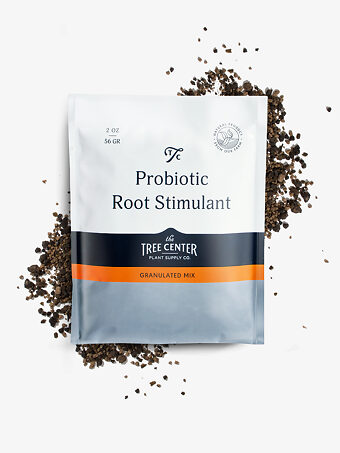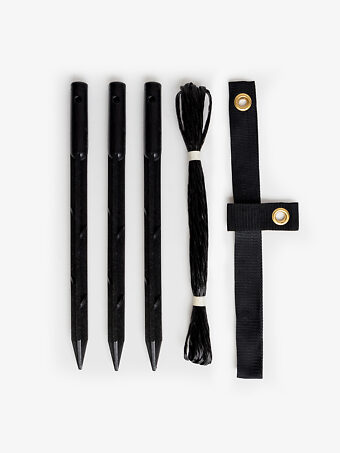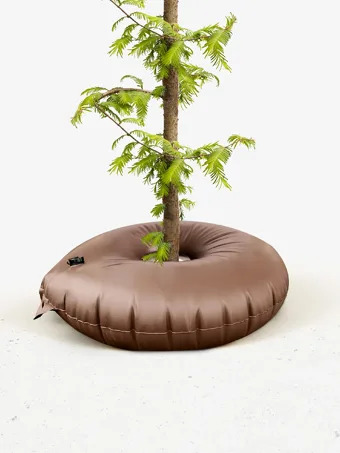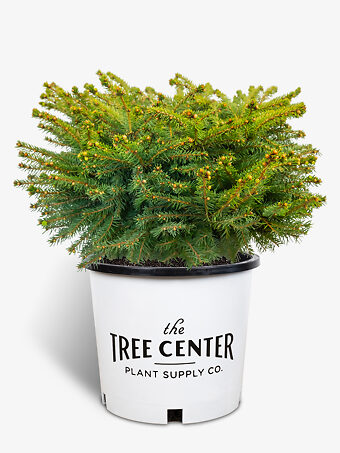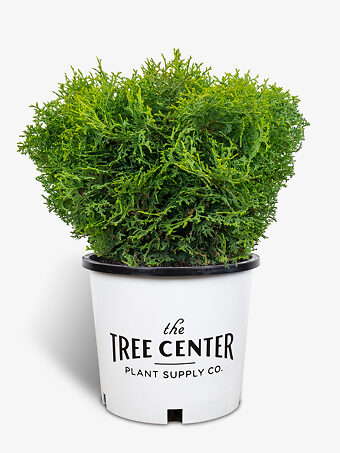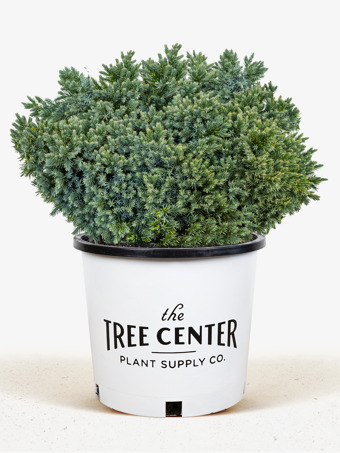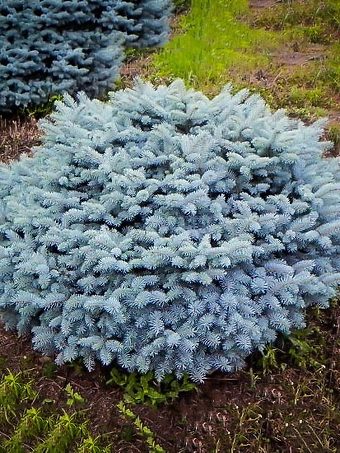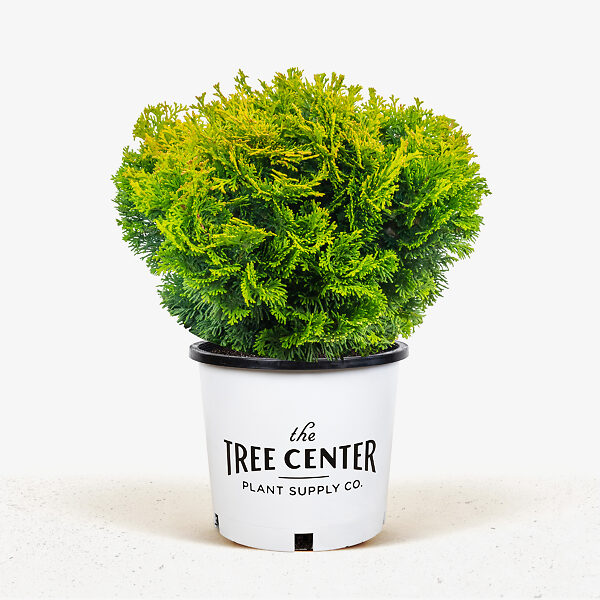
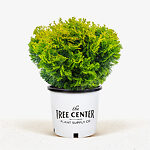
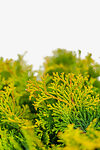
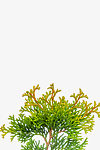
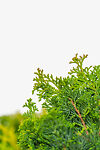
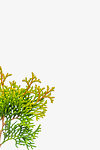

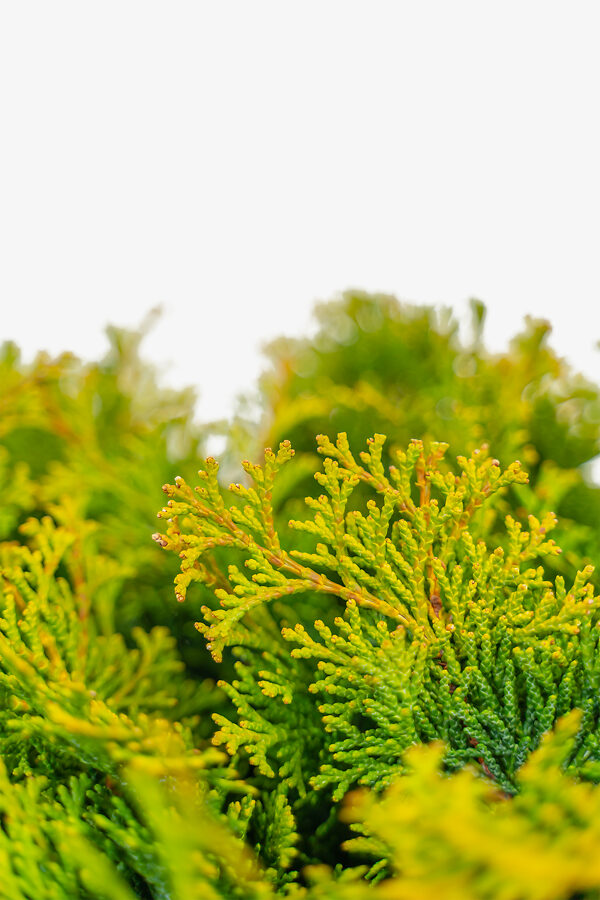
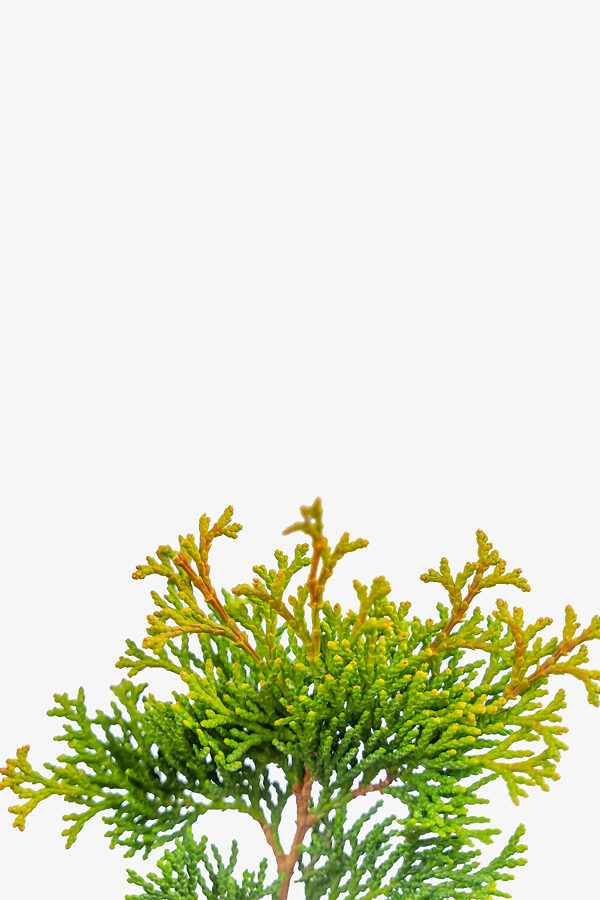
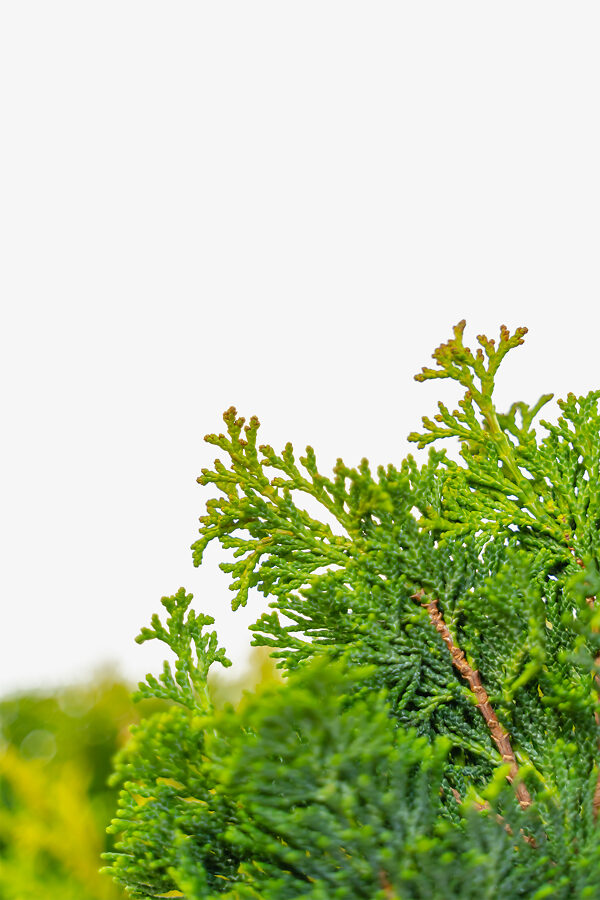
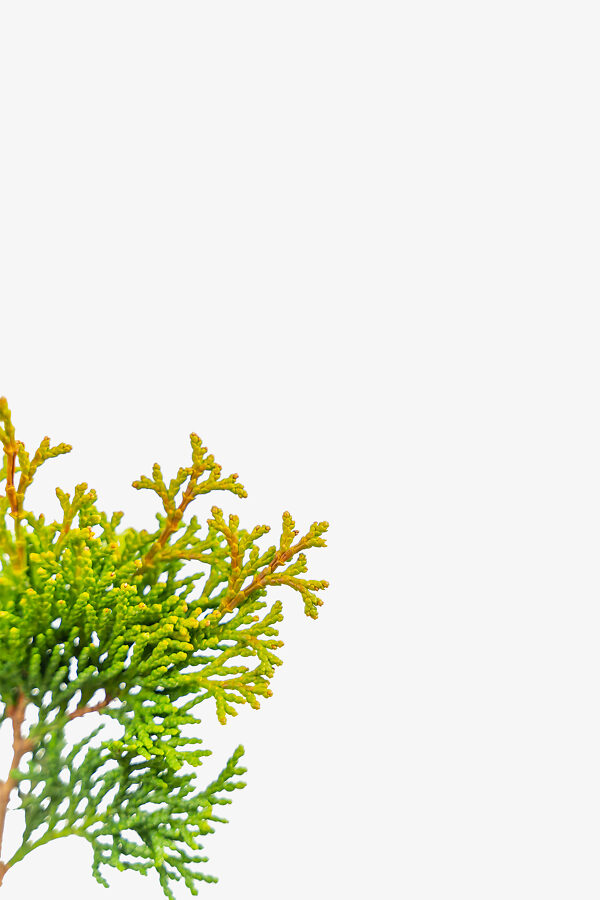
Templehof Hinoki Cypress
Chamaecyparis obtusa 'Tempelhof'View more from Dwarf Evergreens
Templehof Hinoki Cypress
Chamaecyparis obtusa 'Tempelhof'
this item doesn’t ship to
The Tempelhof Hinoki Cypress is a rare specimen conifer evergreen that is a rounded globe when young, becoming more dome-shaped and upright as it matures. It grows slowly, reaching 3 or 4 feet within 10 years, and ultimately growing to 8 feet tall or more. It has unique foliage, arranged in rounded clusters and shell-like cups, giving this plant a special look. The spring foliage is bright yellow-green, turning dark green for summer and then taking on bronze and copper-red tones in winter. Grow it as a specimen in a bed, among a collection of other conifers, or in a planter.
- Rounded to dome-shaped evergreen specimen
- Unique rounded and cupped foliage clusters
- Lime-green spring foliage
- Bronze and copper winter shades
- Special variety of refined beauty
Full sun or partial shade are ideal for the Tempelhof Hinoki Cypress. It is hardy in zone 4 and into zone 8, and it grows in most garden soils, preferring richer soils that are well-drained but not regularly dry. It is moderately drought resistant once established, but it should be watered during extended dry spells. It has no noticeable pests or diseases and it should not be trimmed or clipped, as this damages the unique growth-pattern of the smaller branches.

Botanical Name:
Chamaecyparis obtusa 'Tempelhof'
Mature Width:
2-4 ft
Mature Height:
2-8 ft
Grows Well In:
Zones 4-8
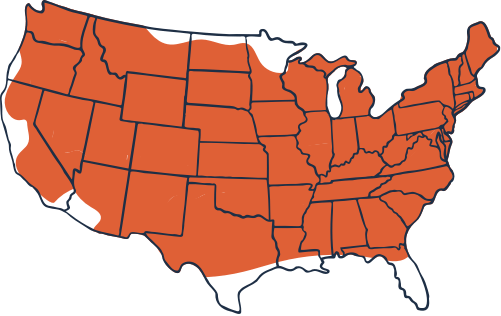
Sun Needs:
Full Sun, Partial Sun
Water Needs:
Moderate
Growth Rate:
Slow
